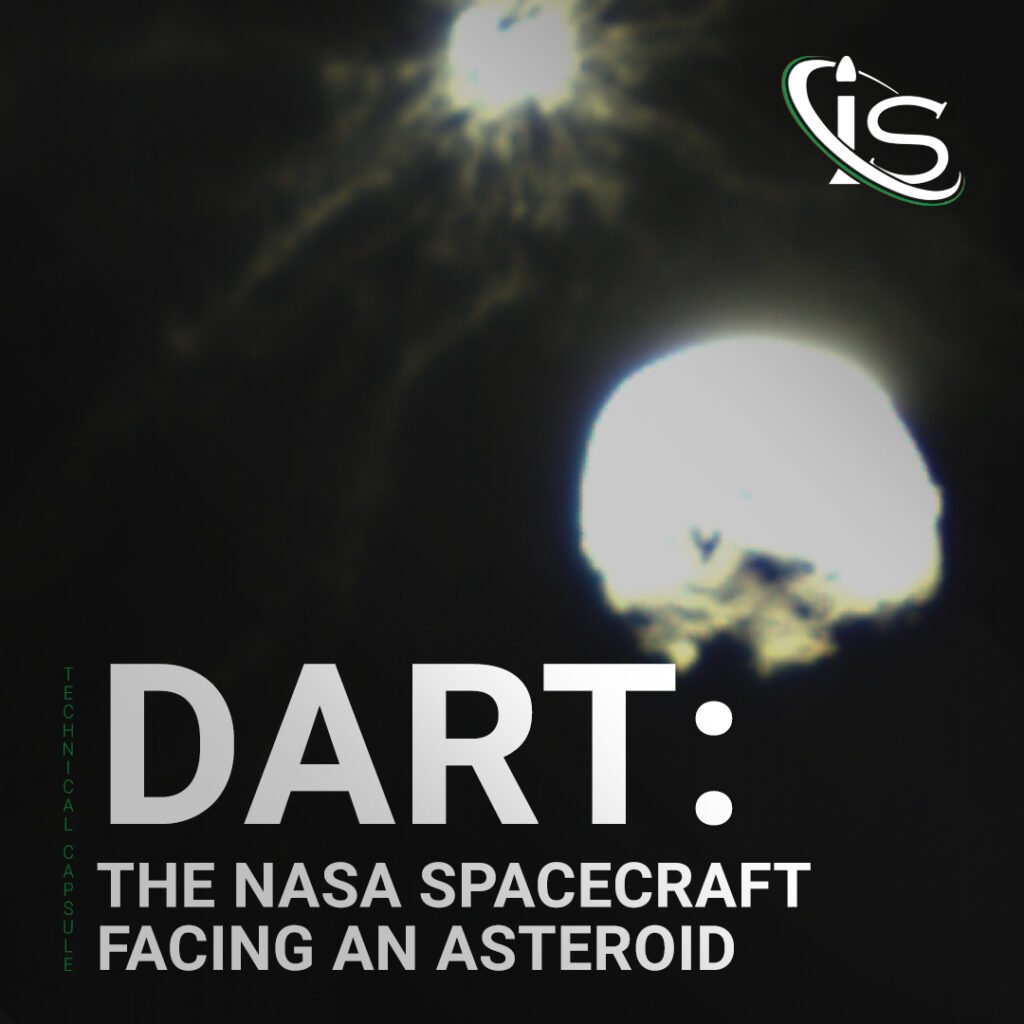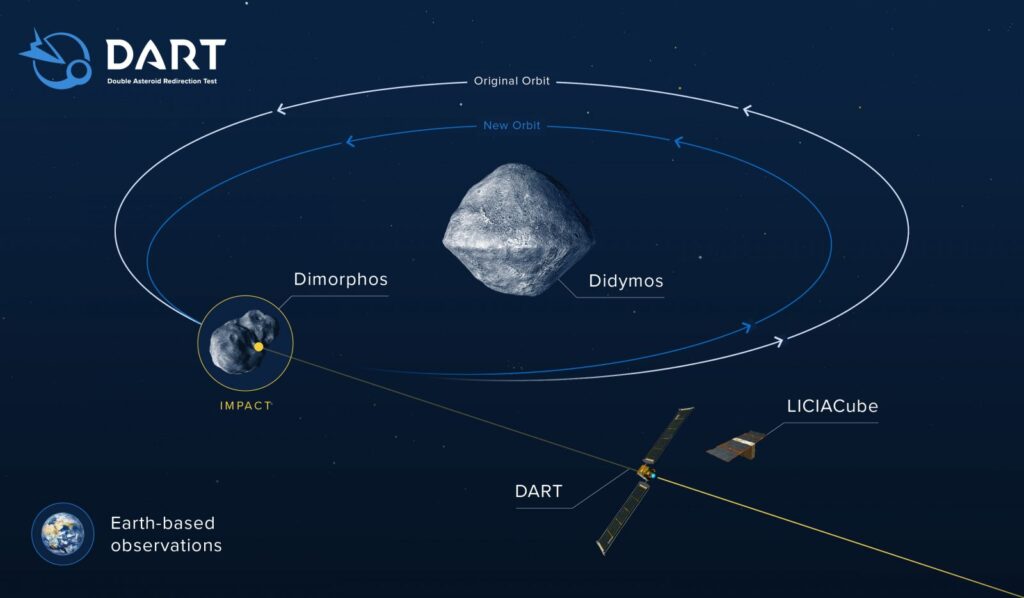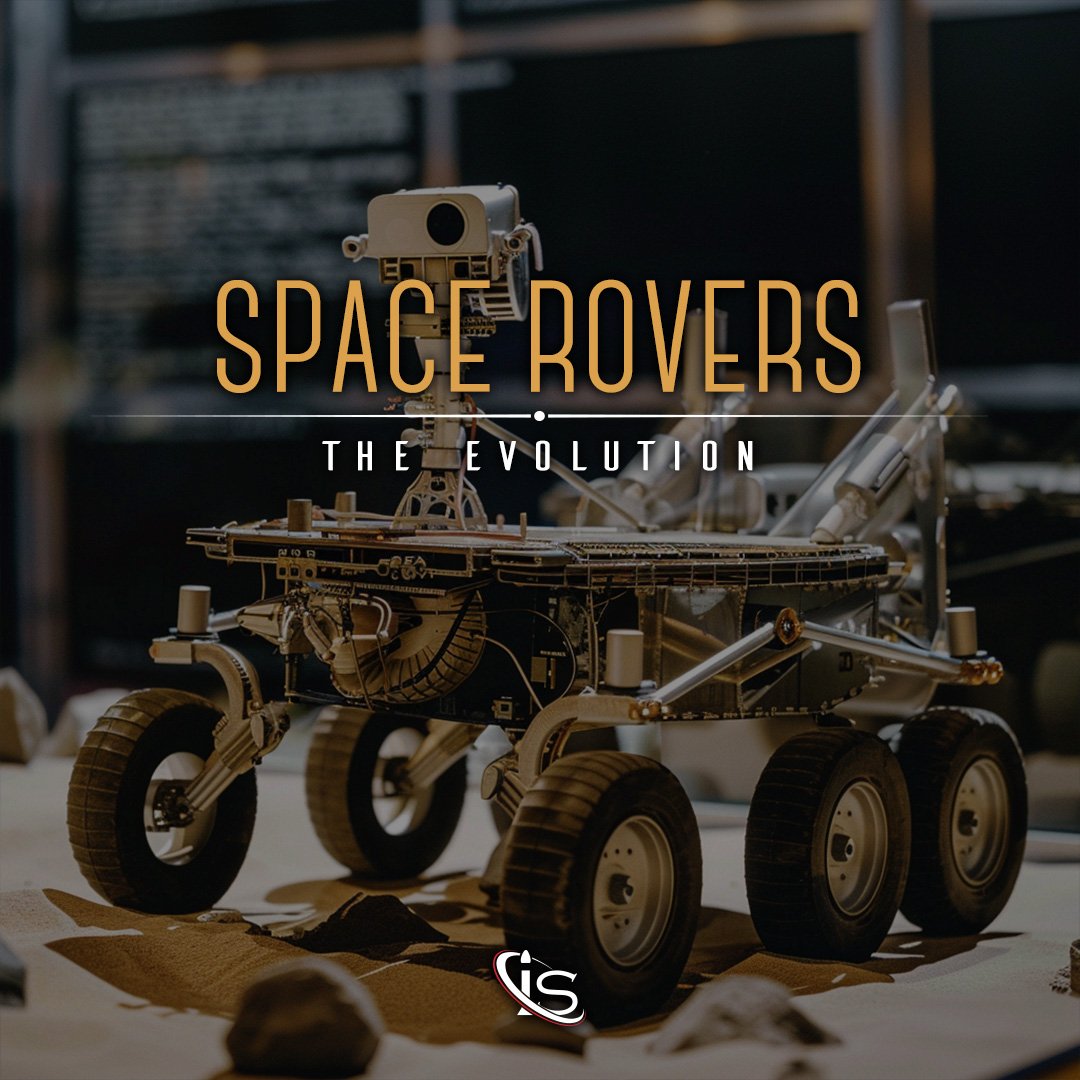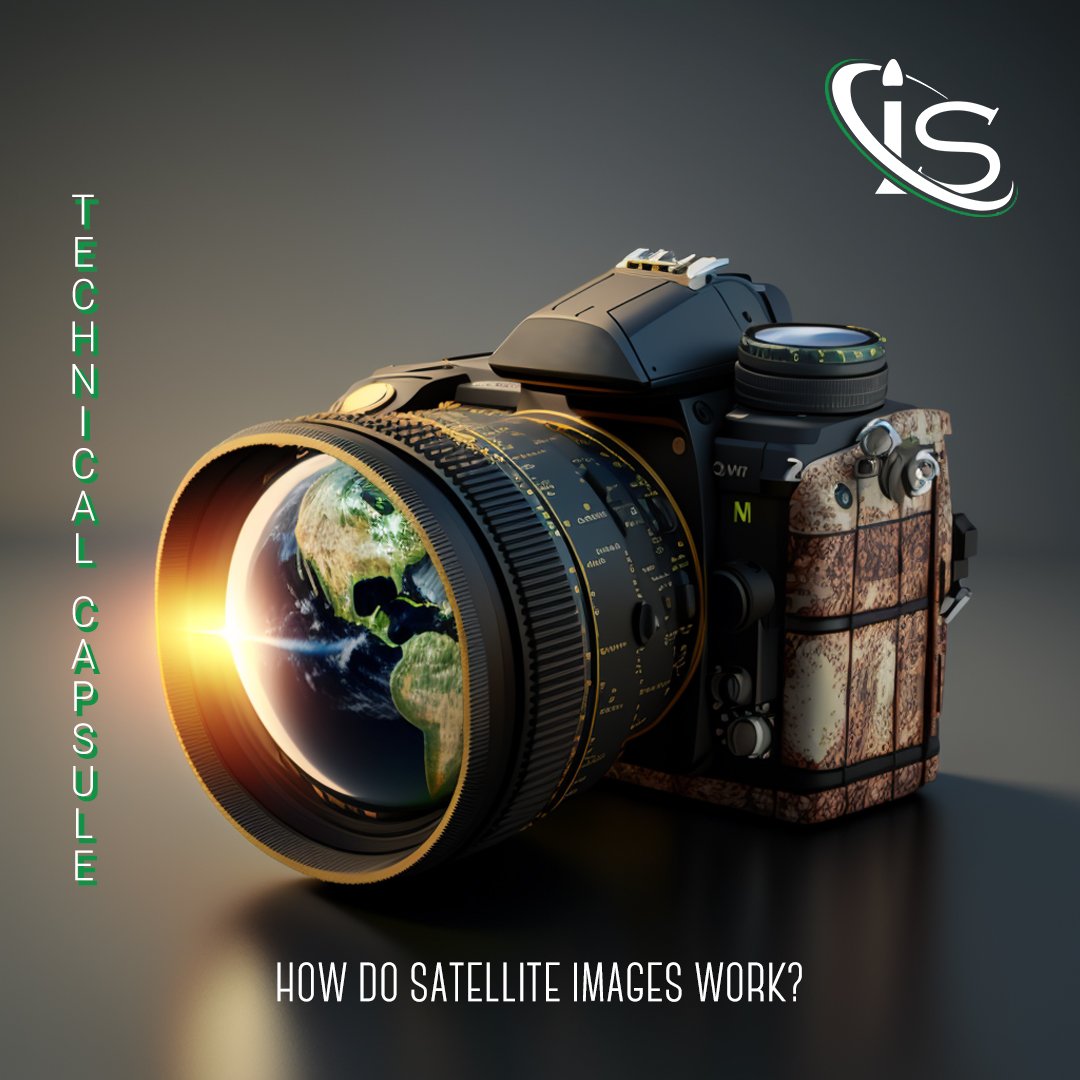On Sep. 26, 2022, at 23.14 UTC, the NASA DART spacecraft impacted on the surface of Dimorphos, Didymos’s moon. But what is DART? And why did NASA decide to crash a satellite on an asteroid?

The DART mission
The DART mission was launched on Nov. 24, 2021, by SpaceX’s Falcon 9 from Vandenberg. The main objective of DART, a satellite of 570 kg, was to deviate the orbit of an asteroid by crashing into it at a speed of 6.6 km/s (i.e. 23760 km/h). The target of DART was the minor planet moon of the asteroid Didymos: Dimorphos. The choice of these two asteroids is not casual. First, they are NEAs (Near Earth Asteroid) and, so, easier to reach with a satellite. Second, Dimorphos is a moon. Therefore, the attempt of changing its orbit is easily and quickly observable, without needing to wait for a whole revolution around the Sun. In fact, the name DART comes exactly from the binary asteroid configuration: Double Asteroid Redirection Test. And now, let’s take it one step further and analyze every word there:
- Double Asteroid: refers to Didymos and Dimorphos, two asteroids with a mean diameter of about 780 m and 170m, respectively.
- Redirection: this mission is not an attempt of blowing up the asteroid, but, rather, redirecting its orbit; it is not important what the new orbit will be. The main objective is to understand if a satellite can change the orbit of an asteroid.
- Test: it is a test to see if the approach of redirecting the orbit can help us against an asteroid headed for Earth; Dimorphos is in no way dangerous to Earth.

DART and Dimorphos Rendezvous
The rendezvous between the probe and the asteroid was at 11,000,000 km from Earth on Sep. 26, 2022, at 23.14 UTC. DART was equipped with solar panels and telescopes: the first to orientate, the second to find the Asteroid and target it. We had the possibility to assist live to the approach of DART to Dimorphos thanks to the coverage given by the Spacecraft itself, with a delay being only a few seconds due to latency. DART continued providing images almost right up to the crash. The last complete image was taken at 12 km from the surface of Dimorphos, meaning less than 2 seconds from impact. You can watch the exciting collision here.
The impact was successful, and, in the near future, we will know how the DART mission influenced the orbit of Dimorphos. Another important result of the mission will be the possible analysis of the Asteroid composition.

Next, our aim is to address some of the most frequently asked questions:
Why did DART not have dynamite on it?
Some of you could ask why DART just crashed on the surface and did not blow it up with bombs. This is due to the fact that, in space, the shock waves generated by an explosion do not have any effect, as there is no medium for them to travel through.
Has it ever been done before?
In 2005, the NASA mission Deep Impact impacted, namely, the comet Tempel 1. The principal goal of Deep Impact was to study the interior composition of the comet. The crash generated an impact crater and, at the same time, changed the orbit of the comet; clearly, the orbit did not change in a significant way, but, nevertheless, it did change.
The orbit change of Tempel 1 was not an intentional effect of the mission. And so, DART is the first mission with an intentional orbital change.
The Italian Pride: LICIACube
Together with DART, Falcon 9 carried on board LICIACube, a 6U Cubesat operated by ASI (Italian Space Agency or Agenzia Spaziale Italiana) and developed by the Italian Argotec. This is the first Italian satellite in deep space! LICIACube had the goal of carrying out an observational analysis of the Asteroid after its impact. The CubeSat was released from DART just 15 days before the impact.
LICIACube is not only important for the scientists, but even for us mere spectators of this historic event. In fact, after the impact, LICIACube sent the images of DART crashing on the surface of Dimorphos to Earth, giving us the possibility to watch what really happened. For the scientists, instead, the importance of LICIACube is different, as the images of the rock powder allowed for the study of the composition of this asteroid.
Currently, LICIACube is proceeding in its orbit around the Sun and then will, eventually, deactivate.
And now, what are we expecting?
Now we have to wait for the Hera mission, a European Space Agency (ESA) mission scheduled for 2024. The objective of Hera is to investigate the Didymos binary asteroid and to measure the outcome of the DART mission kinetic impactor test.
One year later, an update…
As we approach the conclusion of this article, I’m sure many of you are eager to know if the DART mission achieved its objectives. Let’s begin by noting that just a few days after the collision, LICIACube provided us with striking images of the impact. Images like the stunning one you can admire below.

The second critical aspect to consider is whether the impact achieved the desired outcome on the asteroid. The response… is affirmative! DART successfully reduced Dimorphos’ orbit by 32 minutes, marking a significant achievement as DART needed to only decrease the orbital period by 73 seconds to earn the accolades for its success.
But this concludes the remarkable tale of DART, a monumental triumph in the realm of Space Exploration. Keep following impulso.space to uncover daily insights into the vast expanse of Outer Space that envelops our cherished Earth.





